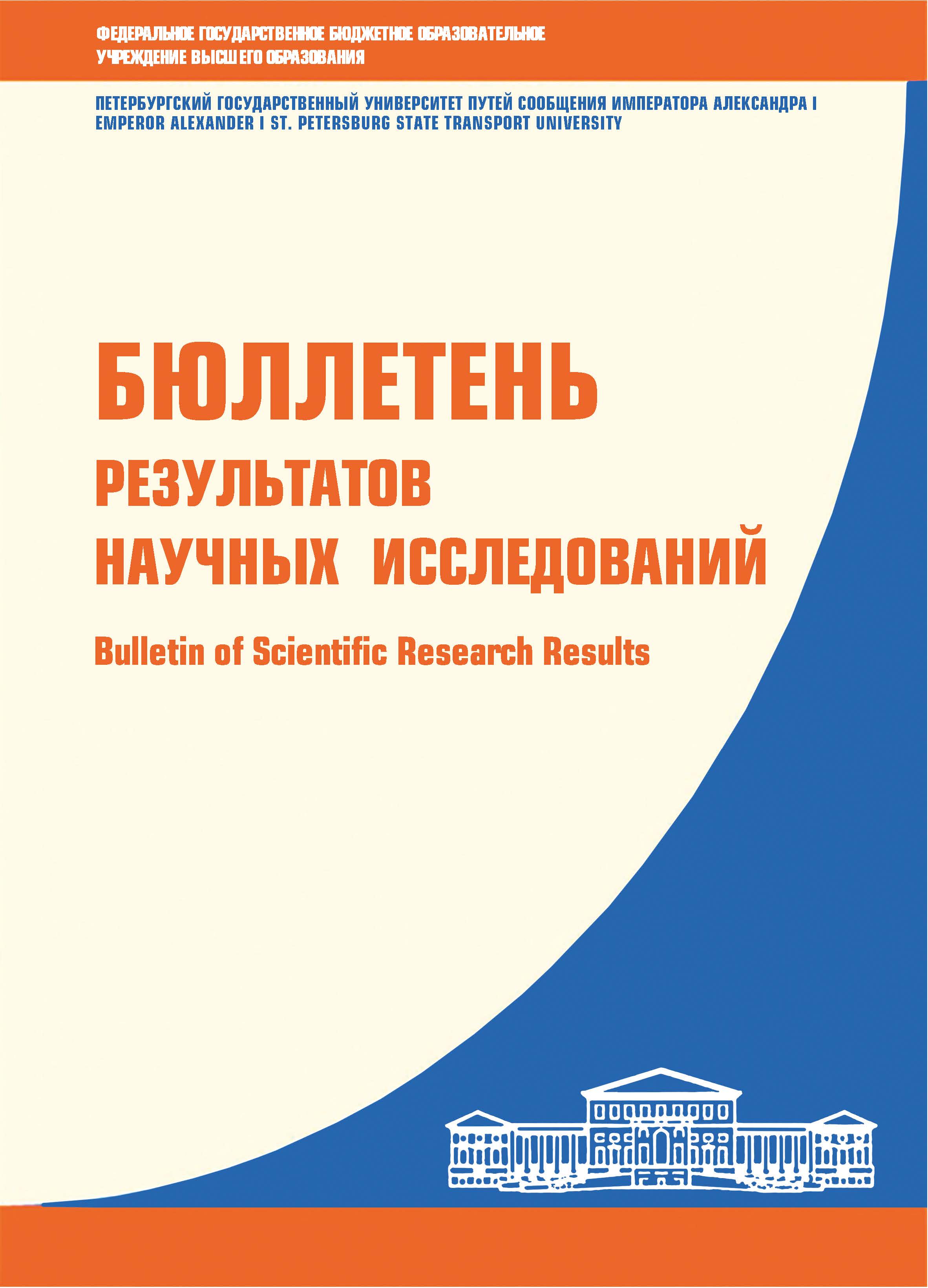Russian Federation
Russian Federation
Russian Federation
Purpose: Based on numerical model that takes into account the hydrothermal interrelation of soil humidity and temperature, to carry out numerical modeling of hydrothermal field of railway subgrade in the area of permafrost spread. To study the influence degree of global warming and temperature annual amplitude on hydrothermal field of subgrade. To determine the need for reasonable and economical engineering measures to ensure the stability of subgrade. Method: Calculation of hydrothermal bonding of railroad subgrade has been performed in COMSOL Multiphysics software with the use of partial differential equation (PDE) module with the methods of finite elements. Different values of the parameters of subgrade upper boundary temperature function are specified and the effect of these parameters on subgrade hydrothermal field is studied. Results: Based on measured data temperature function, the influence of global warming effect and temperature annual amplitude on subgrade hydrothermal field was determined. Change law and characteristics of temperature distribution, ice content and unfrozen water in railway subgrade in permafrost areas after hydrothermal field stabilization has been obtained. The periods of maxima and minima onset for temperature as well as for ice content and unfrozen water are given. Practical significance: The use of given numerical model allows to predict effectively the tendency of subgrade hydrothermal field change in permafrost areas under global warming influence. Based on the numerical calculation results, relevant technical recommendations are shown for elimination or reduction of engineering accidents caused by temperature changes in permafrost regions.
Railway, hydrothermal field, permafrost, numerical modeling, global warming
1. Yang J. Vulnerability of frozen ground to climate change in China / Y. Yang, S. Yang, M. Li et al. // Journal of Glaciology and Geocryology. - 2013. - Vol. 35(6). - Pp. 1436-1445.
2. Wang C. Area change of the frozen ground in China in the next 50 years / C. Wang, S. Jin, H. Shi // Journal of Glaciology and Geocryology. - 2014. - Vol. 36(1). - Pp. 1-8.
3. Zhang Z. Predicting changes of active layer thinkness on the Qinghai-Tebet Plateau as cli-mate w arming / Z. Zhang, Q. Wu // Journal of Glaciology and Geocryology. - 2012. - Vol. 34(3). - Pp. 505-511.
4. Luo D. Degradation of permafrost and cold-environments on the interior and eastern Qing-hai Plateau / D. Luo, H. Jin, L. Lin et al. // Journal of Glaciology and Geocryology. - 2012. - Vol. 34(3). - Pp. 538-546.
5. Li S. The future thermal regime of numerical simulating permafrost on Qinghai-Xizang (Ti-bet) Plateau, China, under climate warming / S. Li, G. Cheng, D. Guo // Science in China (Se-ries D). - 1996. - Vol. 39(4). - Pp. 434-441.
6. Nan Z. Prediction of permafrost distribution on the Qinghai-Tibet Plateau in the next 50and 100 years / Z. Nan, S. Li, G. Cheng // Science in China (Series D). - 2005. - Vol. 48(6). - Pp. 797-804.
7. Tao W. Heat transfer / W. Tao. - Xi'an, Northwestern Polytechnical University Press, 2006. - 592 p.
8. Lu N. Unsaturated soil mechanics / N. Lu, W. J. Likos. - Beijing: Higher Education Press, 2012. - 403 p.
9. Taylor G. S. A model for coupled heat and moisture transfer during soil freezing / G. S. Taylor, J. N. Luthin // Canadian geotechnical journal. - 1978. - Vol. 15(4). - Pp. 548-555.
10. Bai Q. Equations and numerical simulation for coupled water and heat transfer in frozen soil / Q. Bai, X. Li, Y. Tian et al. // Chinese Journal of Geotechnical Engineering. - 2015. - Vol. 37(z2). - Pp. 131-136.
11. Xin W. Frost Jacking characteristics and Bearing Capacity of Tower Foundation in Sea-sonally Frozen Soil. Master thesis / W. Xin. - Beijing, 2020. - 99 p.
12. Yin G. Effects of local factors and climate on permafrost conditions and distribution in Beiluhe basin, Qinghai-Tibet Plateau, China / G. Yin, F. Niu, Z. Lin et al. // Science of the To-tal Environment. - 2017. - Vol. 581. - Pp. 472-485.
13. Wu Q. Changes in active-layer thickness and near-surface permafrost between 2002 and 2012 in alpine ecosystems, Qinghai-Xizang (Tibet) Plateau, China / Q. Wu, Y. Hou, H. Yun et al. // Global and Planetary Change. - 2015. - Vol. 124. - Pp. 149-155.
14. Zheng B. Investigation for the deformation of embankment underlain by warm and ice-rich permafrost / B. Zheng, J. Zhang, Y. Qin // Cold Regions Science and Technology. - 2010. - Vol. 60(2). - Pp. 161-168.
15. Yuan C. Formation mechanism of longitudinal cracks in expressway embankments with inclined thermosyphons in warm and ice-rich permafrost regions / C. Yuan, Q. Yu, Y. You et al. // Applied Thermal Engineering. - 2018. - Vol. 133(25). - Pp. 21-32.
16. Cooper R. N. Climate Change / R. N. Cooper // Foreign Affairs. - 2002. - Vol. 81. - Iss. 1. - P. 208.
17. Qin D. Climate change science and sustainable develop ment / D. Qin // Progress in Geog-raphy. - 2014. - Vol. 33(07). - Pp. 874-883.
18. Sun Z. Experimental and Numerical Analyses on Traditional Embankment of Qinghai Ti-bet Railway / Z. Sun, W. Ma, Z Wen et al. // Journal of the China Railway Society. - 2010. - Vol. 32(03). - Pp. 71-76.









